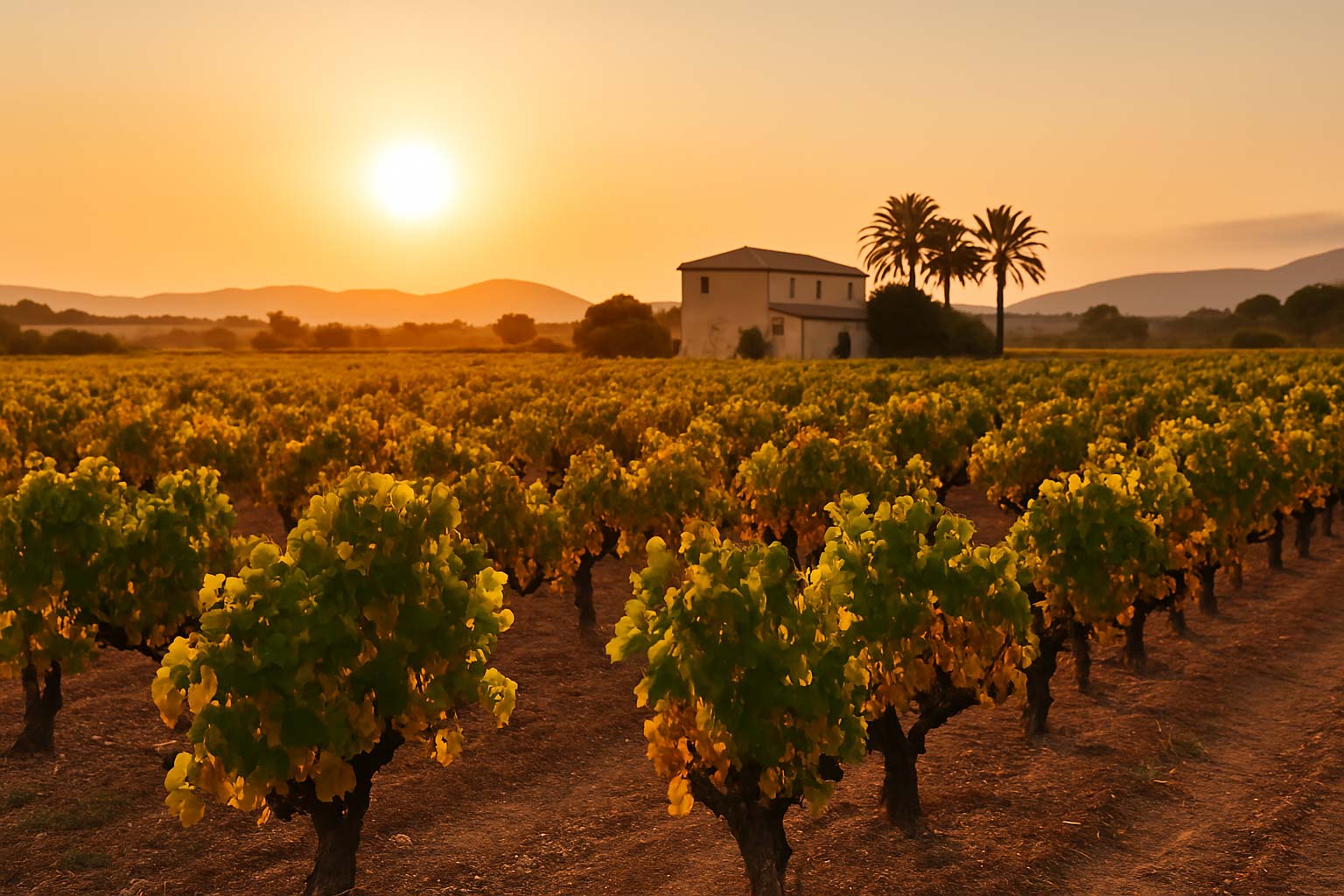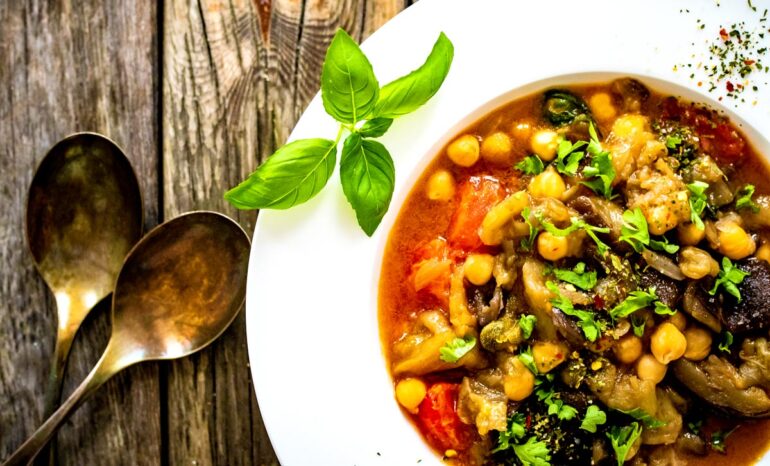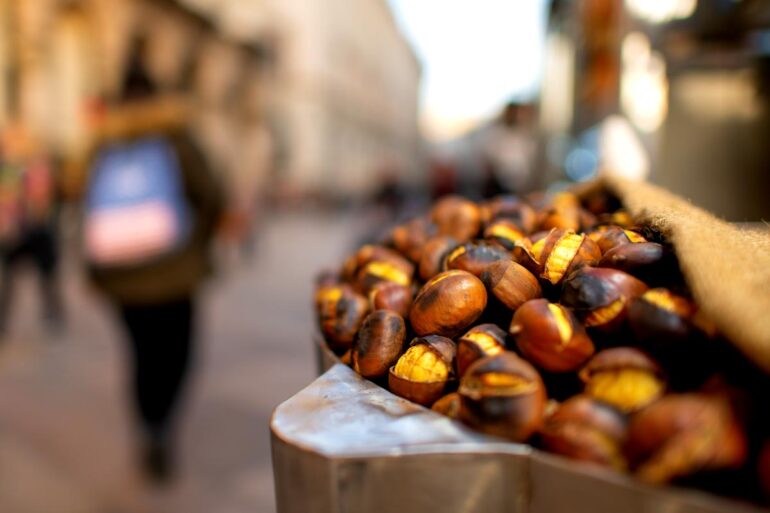Listeners:
Top listeners:
00:00
00:00
volume_up
chevron_left
-
 play_arrow
play_arrow
Costa Blanca Radio The Sound Of The Costa
-
 play_arrow
play_arrow
FeelGood Radio The Sound Of The Costa
music_note
There are places where wine is just a drink — and places where it tells a story. The Costa Blanca belongs firmly to the latter. Here, between the rolling hills of the Marina Alta and the sun-drenched plains around Villena, wine grows quietly. No mass production, no flashy labels — just honest grapes, passionate winemakers and a landscape that reveals more than you’d expect at first glance.
Time, then, for a story about Spanish wines from the Costa Blanca.
A region with character: D.O. Alicante
The official D.O. Alicante designation covers a surprisingly diverse area. In the northern, more coastal part around Jalón and Benissa, you’ll find fresh, floral wines — especially those made from Moscatel. This aromatic grape, often associated with sweet wines, reveals a drier, more mineral side here. Perfect with a plate of prawns by the sea.
“Many people associate Moscatel with sweetness. But in the Marina Alta, this grape shows off its fresh, dry side.”
— Enrique, sommelier at BonAmb
At the restaurant BonAmb in Jávea, I speak with the passionate sommelier Enrique.
“For many years, the Marina Alta was mainly known for bulk Moscatel and Mistela — often misunderstood, even by the locals. But that’s changed. These days you’ll find dry Moscatels, amphora-aged versions, sparkling styles, and a renewed appreciation for native grapes like Merseguera. Even our red wines, from varieties such as Monastrell and Giró, are now receiving international praise from critics like Jancis Robinson and Robert Parker.”
Further south, around Monóvar and Villena, Monastrell takes centre stage — a deep, dark grape that produces bold, full-bodied red wines with a warm, spicy character. Think ripe black fruit, liquorice, and a hint of rosemary. These are not wines for a light lunch salad — they call for something with substance: grilled meat, aged Manchego, or a hearty stew.
Wine with roots
What makes the Costa Blanca unique is how deeply wine is woven into the landscape. Vineyards here aren’t tourist attractions — they’re part of everyday village life. Small-scale producers use age-old techniques, often organic, and sometimes with a touch of minimalism in the cellar: low intervention, high expression.
In the hills around Jalón, you might find yourself at a Saturday tasting, sipping between the barrels while the winemaker’s dog ambles past your feet. Or you settle in for a menu degustación, where each course is perfectly matched with a local wine that instinctively knows the dish. You know the kind of place — where the wine list is as thoughtfully composed as the menu itself. For those in the know, it’s a subtle nod to the style of restaurants like Enrique’s BonAmb, Casa Pepa or La Finca.
Surprises off the menu
Alongside the classic grape varieties, new interpretations are appearing more and more often: orange wines made from Moscatel, natural cava-style sparklings, or blends with international grapes like Syrah and Cabernet that still manage to feel unmistakably Spanish.
Locally, you’ll also come across Fondillón — a unique, oxidatively aged wine made from Monastrell, produced exclusively in Alicante. It’s a Spanish classic with deep notes of dried fruit, wood and balsamic — once prized at European courts, and now slowly being rediscovered by wine lovers.
“Fondillón isn’t a curiosity — it’s liquid heritage, with a future in modern gastronomy.”
— Enrique, sommelier at BonAmb
When the conversation turns to Fondillón, Enrique’s passion truly shines through. “Fondillón is Alicante’s great wine treasure — a royal wine with roots dating back to 1498. It was once the most expensive wine in the world, praised by Shakespeare, mentioned by Dumas, and served at the court of Louis XIV. For me, it represents our history and identity. In today’s gastronomy, it’s incredibly versatile — paired with blue cheese or turrón, as a dessert wine, or even as a secret ingredient in rich sauces. It’s a heritage with a future.”
Wine routes and places to visit
For those who want to experience it firsthand, there are wine routes running through bodegas in Jalón, Benissa, Parcent, Algueña and Villena. Some are small-scale and family-run, others more modern with a touch of architectural style. A great starting point is the Ruta del Vino de Alicante, which offers a curated selection of tastings, tours and vineyard stays.
Wine here is no afterthought. It’s a cultural product — a landscape in liquid form. And the Costa Blanca is its quiet treasure trove. Take your time, taste with intention — and let yourself be surprised by what rises from this sun-drenched soil, glass after glass.
Written by: Wouter van der Laan
costa blanca D.O. Alicante fondillón Monastrell Moscatel Spanish wines win routes wine regions Spain wine tastings
Rate it
Similar posts
Search
Latest news

The art of cozy living: why Spaniards don’t need candles

Slow mornings: why starting your day slowly makes it better

Stews and stories: comfort food just like grandma used to make

Warmth without waste: how to keep your Spanish home comfortable

The scent of chestnuts: Spanish autumn dishes on the Costa
-
Recent Posts
- The art of cozy living: why Spaniards don’t need candles
- Slow mornings: why starting your day slowly makes it better
- Stews and stories: comfort food just like grandma used to make
- Warmth without waste: how to keep your Spanish home comfortable
- The scent of chestnuts: Spanish autumn dishes on the Costa
© 2025 The Sound Of The Costa; All Rights Reserved



